
Home NVTS Night Vision Technology Solutions LLC
Almost 50 years after Porta's declaration, in 1604, the term "camera obscura" was coined by a German astronomer named Johannes Kepler. Kepler is also responsible for developing the very first portable camera obscura — a tent, with a sheet of paper inside onto which the image from the camera's lens could be projected. Modern Photography is Born

An illustration demonstrating a camera obscura used for drawing with a mirror and lens to invert
Abstract In his Paralipomena (1604) Johannes Kepler reported an experimentum that he had seen in the Dresden Kunstkammer. In one of the rooms there, which had been turned in its entirety into a camera obscura, he had witnessed the images formed by a lens. I discuss the role of this experiment in the development and foundation of his new theory of optical imagery, which made a distinction.
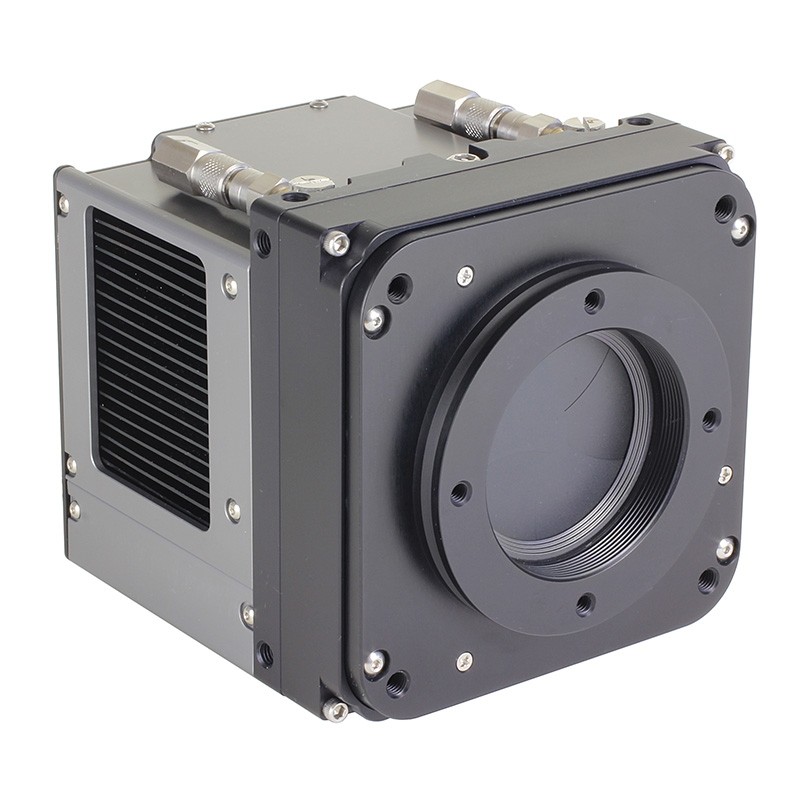
FLI sCMOS Kepler Camera KL400, Front Illuminated & Back Illuminated
Paris, 1863, p. 404, n° 245. In 1604, the term "camera obscura" (in Italian=dark room), was coined by the German astronomer Johannes Kepler (1571-1630) who developed the first portable camera obscura in the form of a tent (fig. 13), with a sheet of paper inside onto which the camera's image could be projected.

NASA’s Kepler Space Telescope Back in Action after Recovery
In the 1620s Johannes Kepler invented a portable camera obscura. Camera obscuras as drawing aids were soon found in many shapes and sizes. Both artists and painters used them. During the 19th century several large scale camera obscuras were built as places of education and entertainment. The meniscus lens, superior to the bi-convex lens.
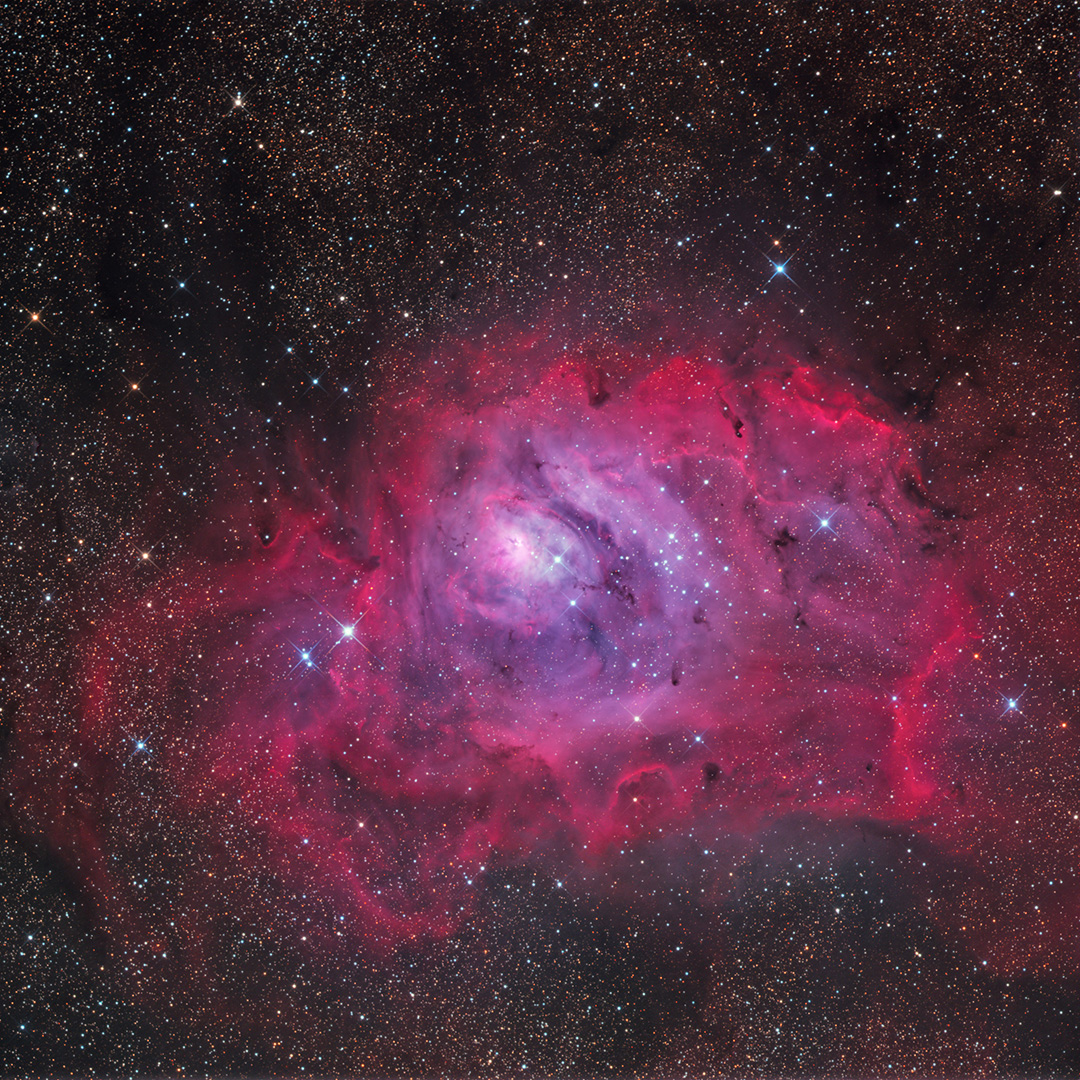
FLI Kepler Cooled CMOS Cameras
While Straker has argued that Kepler's theory of the retinal image was the natural out-come of comparing the eye to a camera obscura and applying to the eye the knowledge of image-formation acquired in solving the problem of the camera obscura, Lindberg has downplayed the im -portance of this analogy, making the key unlocking Kepler's dis-covery.
informatyka 11 Camera Obscura
Finally, the actual term "Camera Obscura" was first used by the German astronomer Johannes Kepler in 1604. The German Johann Zahn, an expert on light, also wrote extensively about the Camera Obscura, and proposed a design for the first handheld reflex camera as early as 1685. It would take another 150 years for his design to be realised.

La Cámara fotográfica Cámara oscura
A few years later Johannes Kepler used the term "camera obscura" for the first time in 1604. Kepler used the camera obscura for astronomical applications and created a portable version that he carried around with him as a tent for surveying Upper Austria. So now the camera obscura had been described, named and even improved upon, but it was.
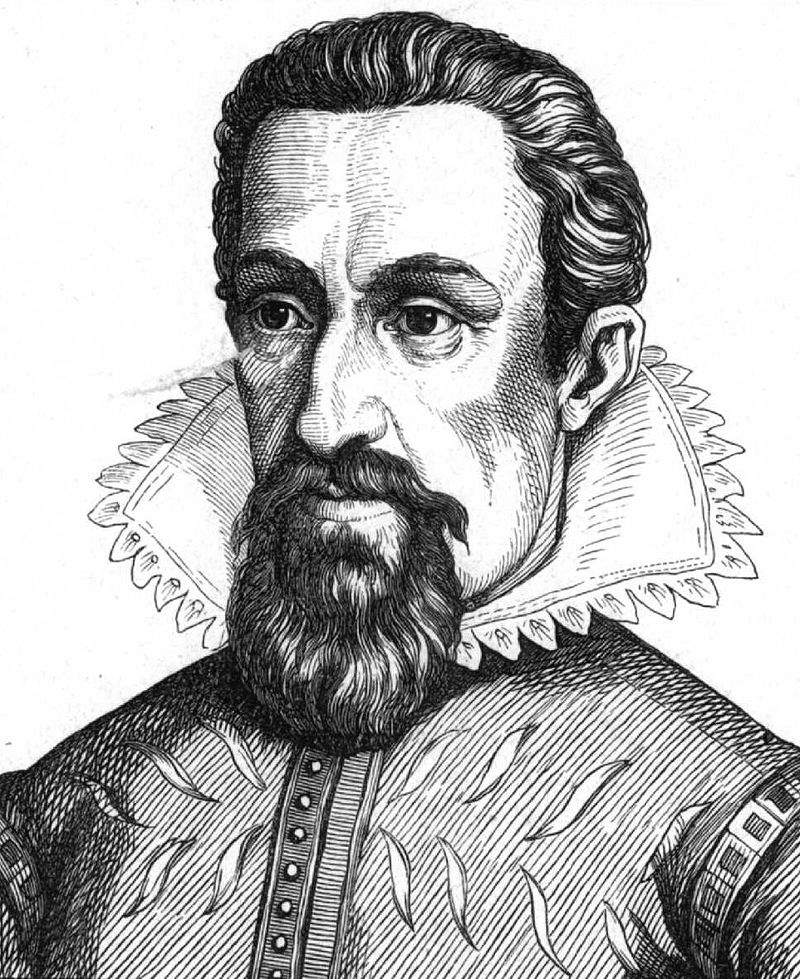
Photography History Ehab Photography
A camera obscura ( pl. camerae obscurae or camera obscuras; from Latin camera obscūra 'dark chamber') [1] is a darkened room with a small hole or lens at one side through which an image is projected onto a wall [2] [3] or table [4] opposite the hole.
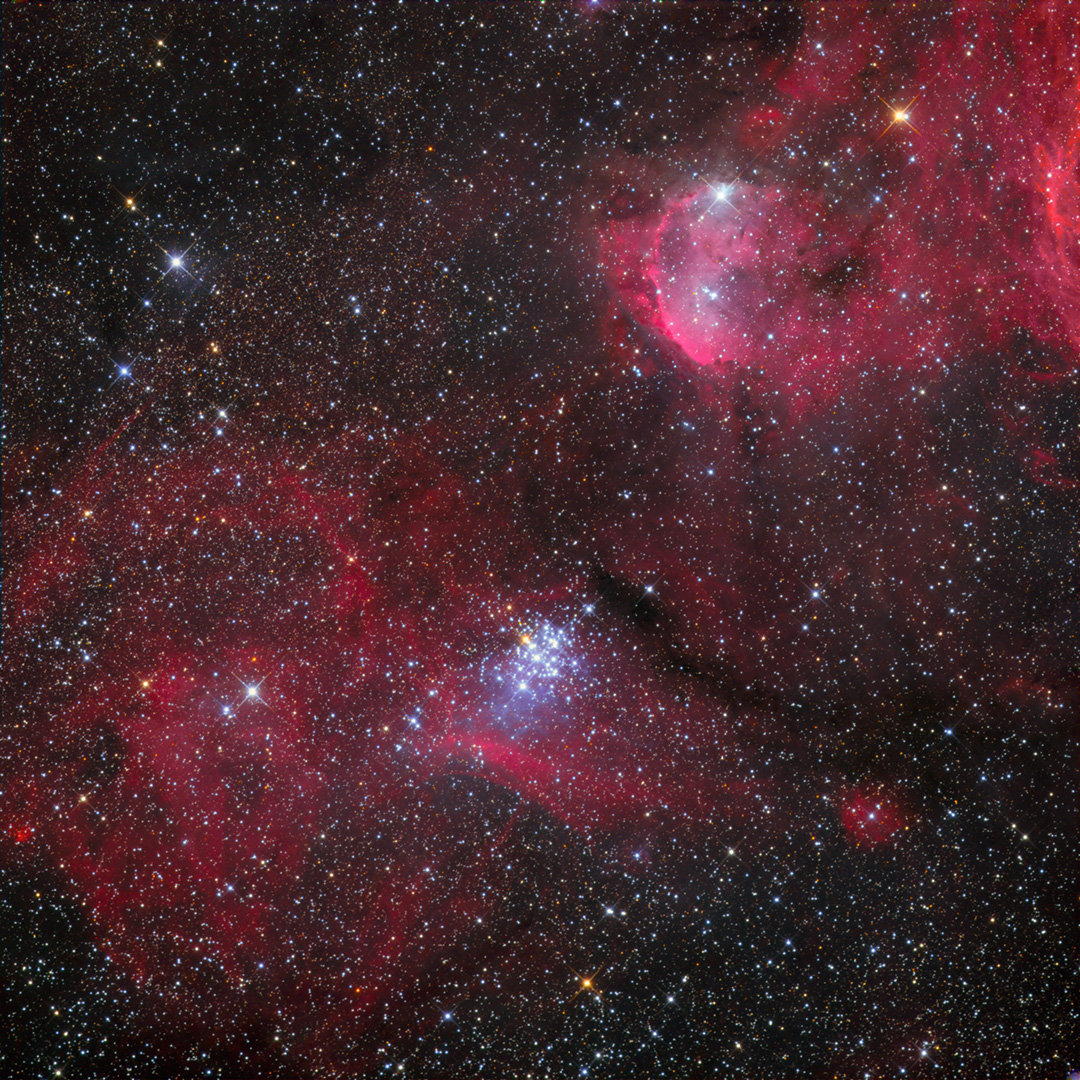
FLI Kepler Cooled CMOS Cameras
April 21, 2017 by Anirudh Johannes Kepler (1571 - 1630) was a German mathematician and astronomer who was a key figure of the Scientific Revolution. His most famous accomplishment are his three laws of planetary motion which laid the foundation of celestial mechanics.
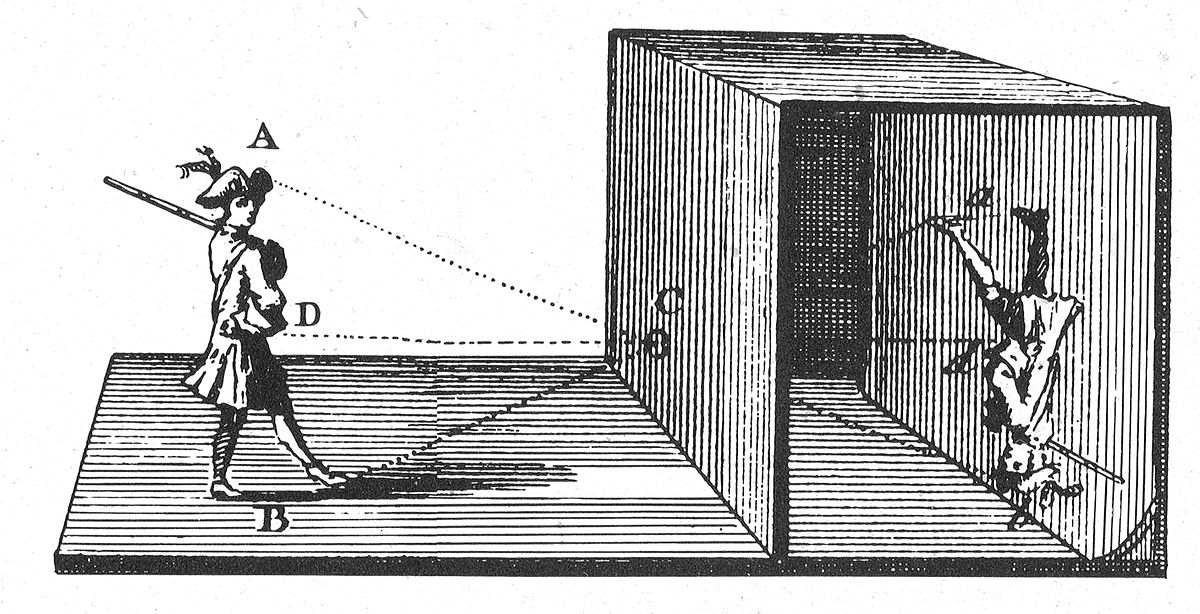
Camera obscura Wikipedia
German astronomer Johannes Kepler used the term "camera obscura" for the first time in 1604. Johann Zahn, the writer of "Oculus Artificialis Teledioptricus Sive Telescopium," writes in his book in the 17th century about camera obscura and the magic lantern, among other optical instruments.

Camera Obscura and the World of Illusions Matrise
In the sixteenth century, most notably in Giovanni Battista della Porta's Magia naturalis (1589), the camera obscura entered the nat- ural magic tradition as a means to project images for various pur- poses. e camera obscura and its projected image served as a model for Kepler's new theory of vision, in which the eye was like a cam- era.
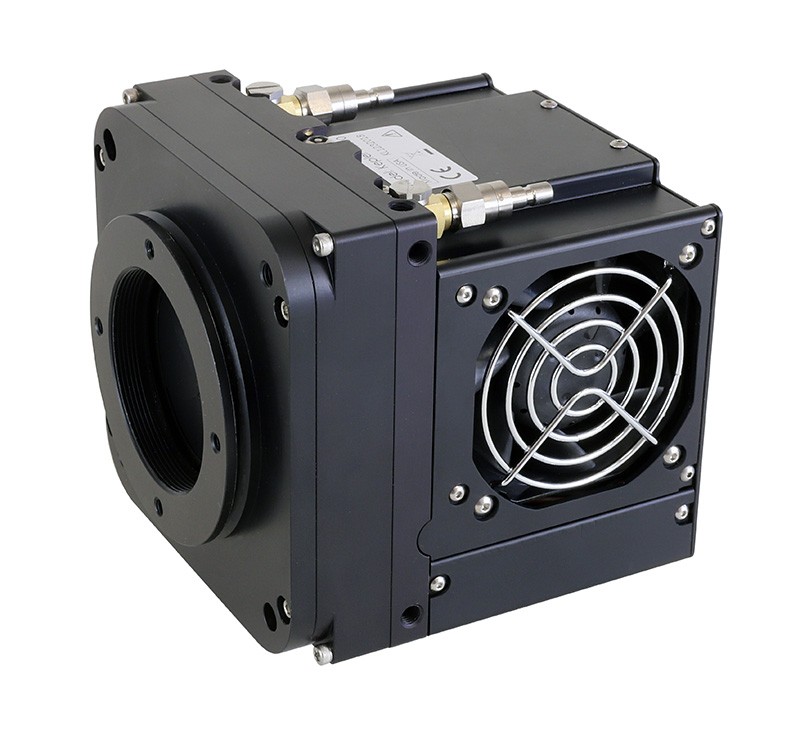
FLI sCMOS Kepler Camera KL400, Front Illuminated & Back Illuminated
About Engines Transcripts Search Episodes by Keyword Airing schedule for HPM Multimedia Today, cameras without film. The University of Houston's College of Engineering presents this series about the machines that make our civilization run, and the people whose ingenuity created them.
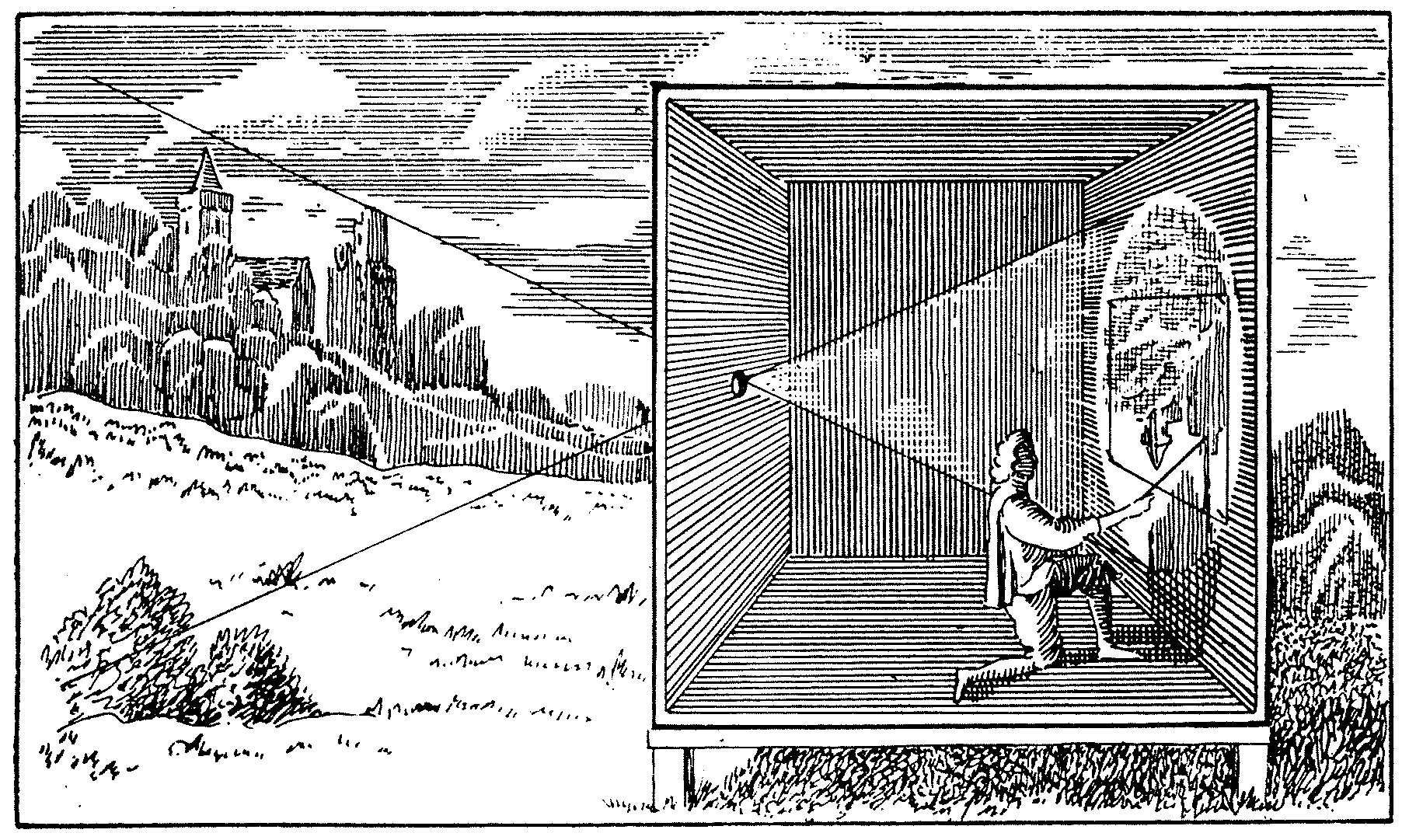
camera obscura Behind the Things You See
Through a Glass Darkly: Johannes Kepler and the Camera Obscura Add to Calendar When and Where Friday, November 18, 2022 3:30 pm to 5:00 pm Victoria University Common Room Victoria College 89 Charles Street West Speakers Brian Baigrie Description
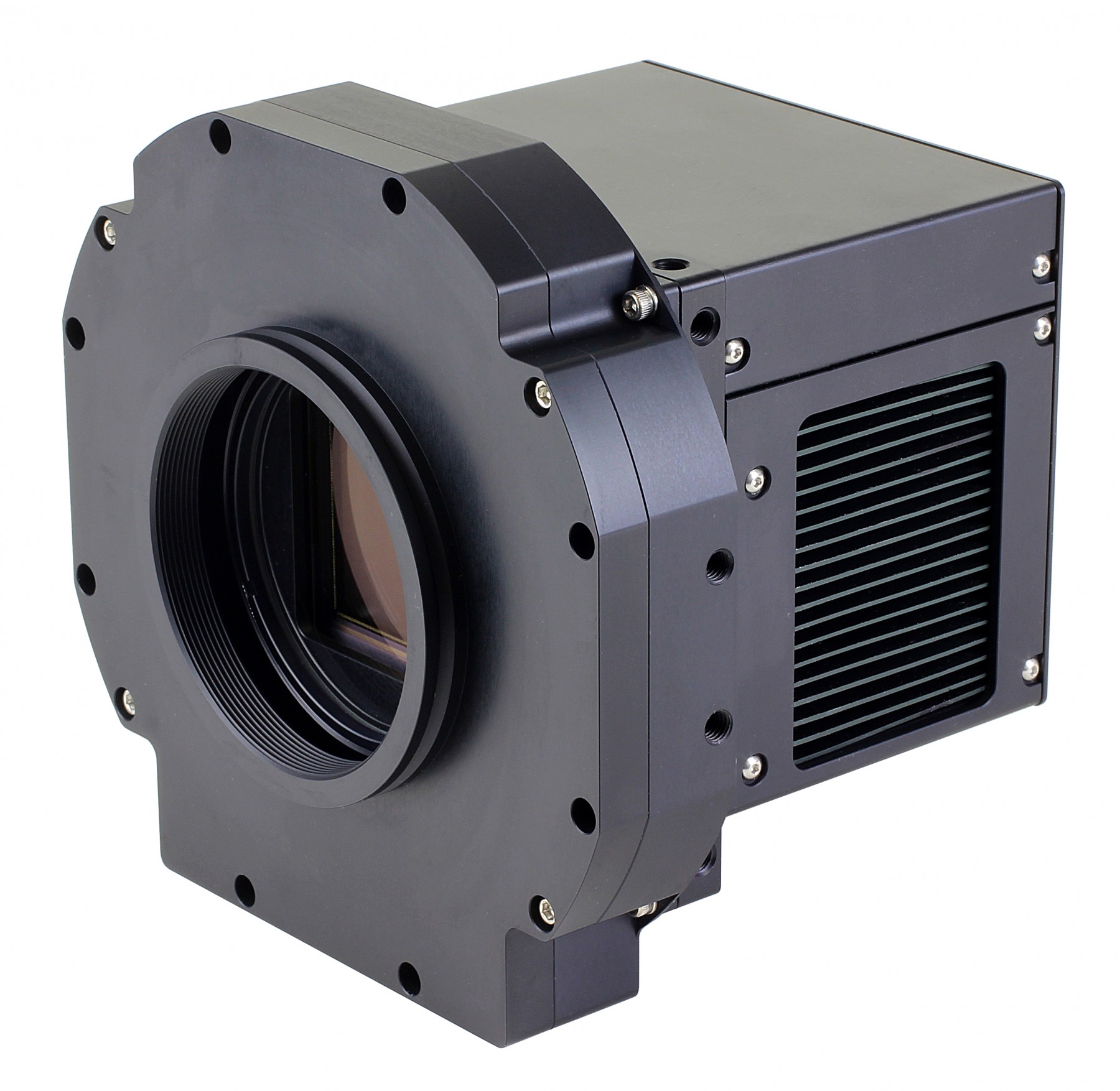
FLI sCMOS Kepler Kamera KL4040, Front Illuminated, CMT
The era of modern vision research can be thought of as beginning in the seventeenth century with Johannes Kepler's understanding of the optics of the camera obscura with a lens and its relation to the eye.
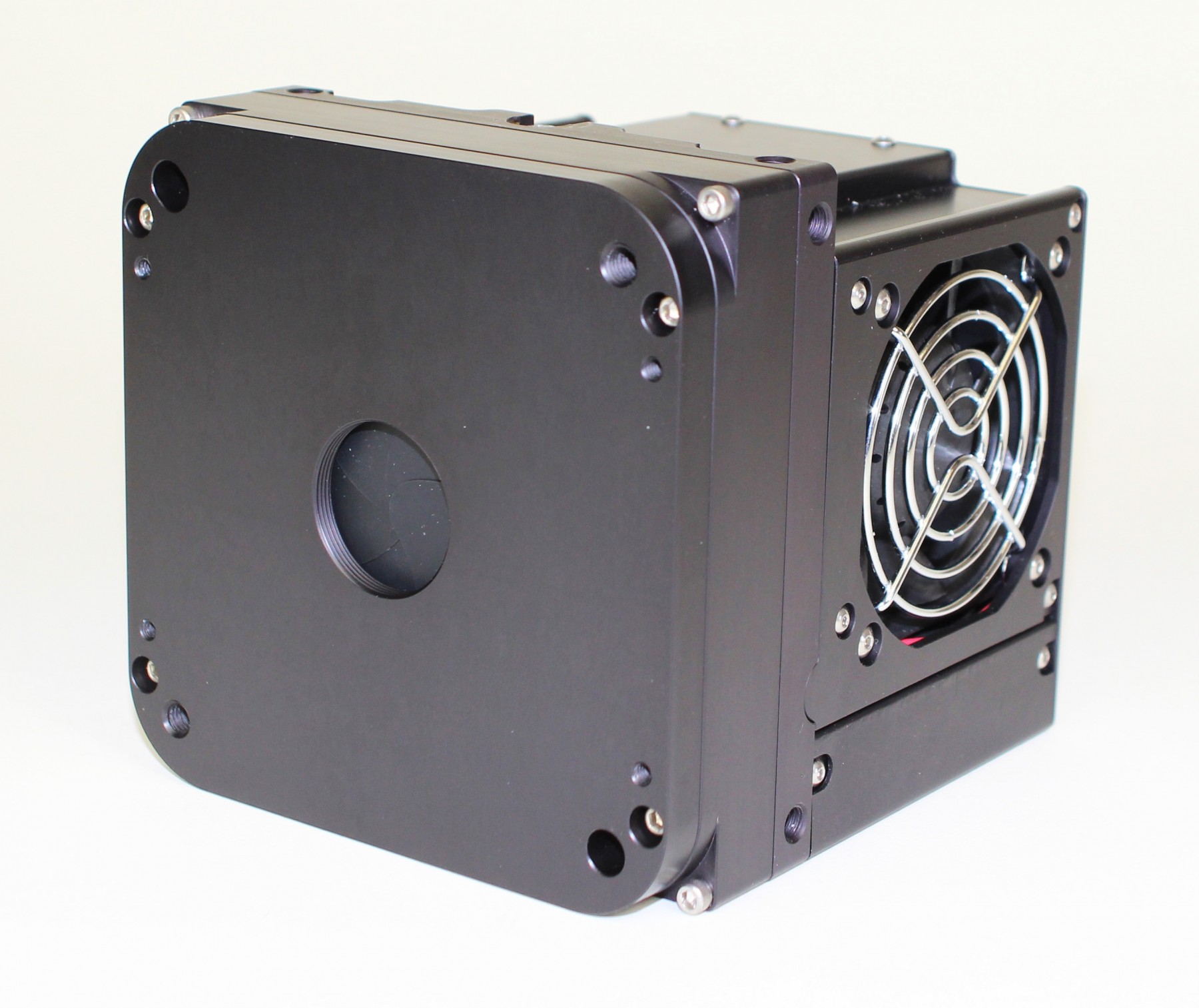
FLI sCMOS Kepler Camera KL400, Front Illuminated & Back Illuminated
September 2008 · In his Paralipomena (1604) Johannes Kepler reported an experimentum that he had seen in the Dresden Kunstkammer. In one of the rooms there, which had been turned in its entirety.
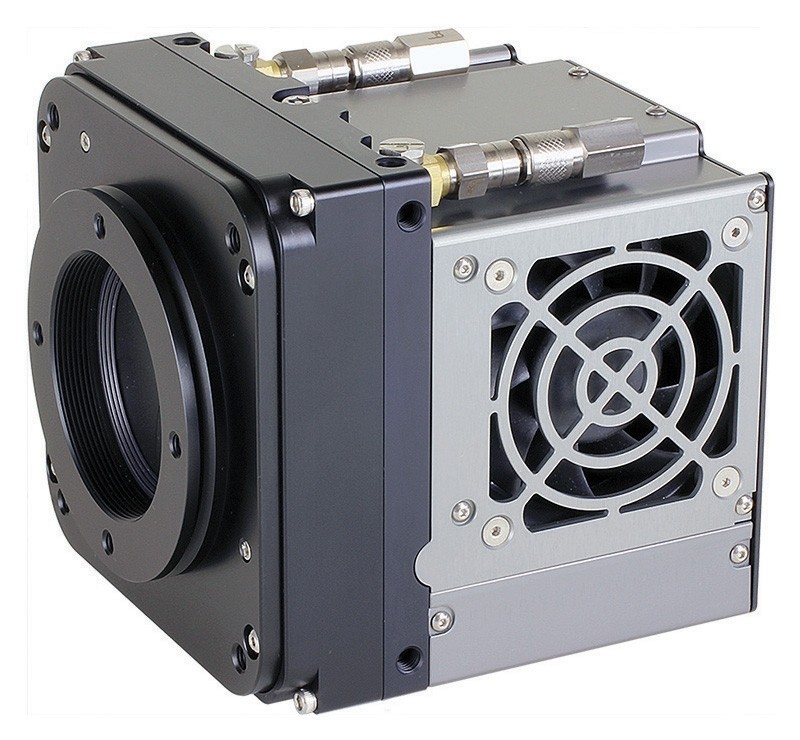
FLI sCMOS Kepler Camera KL400, Front Illuminated & Back Illuminated
Kepler Descartes Download reference work entry PDF Synonyms Dark chamber; Pinhole camera Definition The camera obscura was a simple astronomical tool that evolved into an important optical instrument in the seventeenth century.